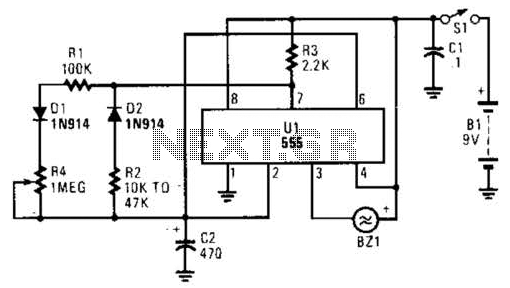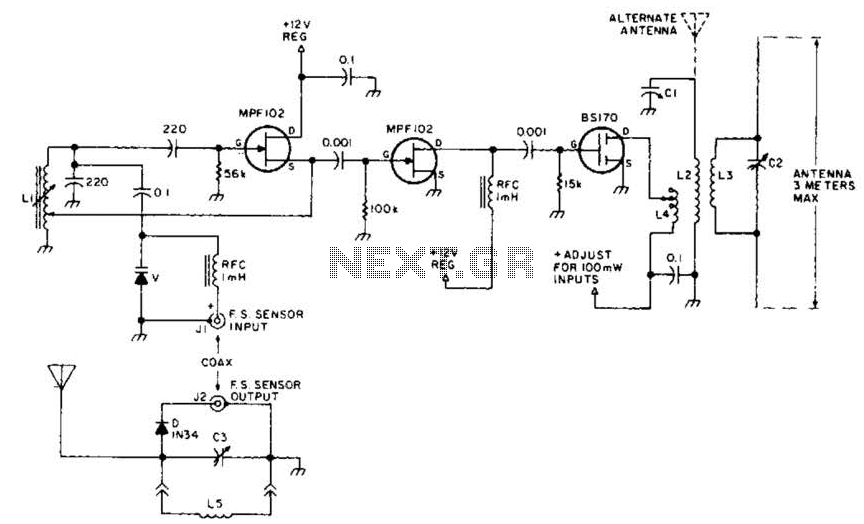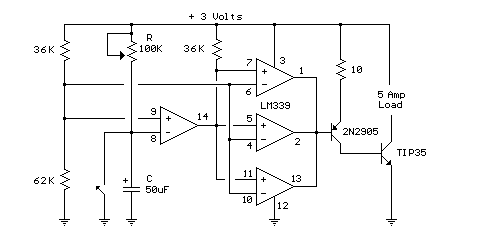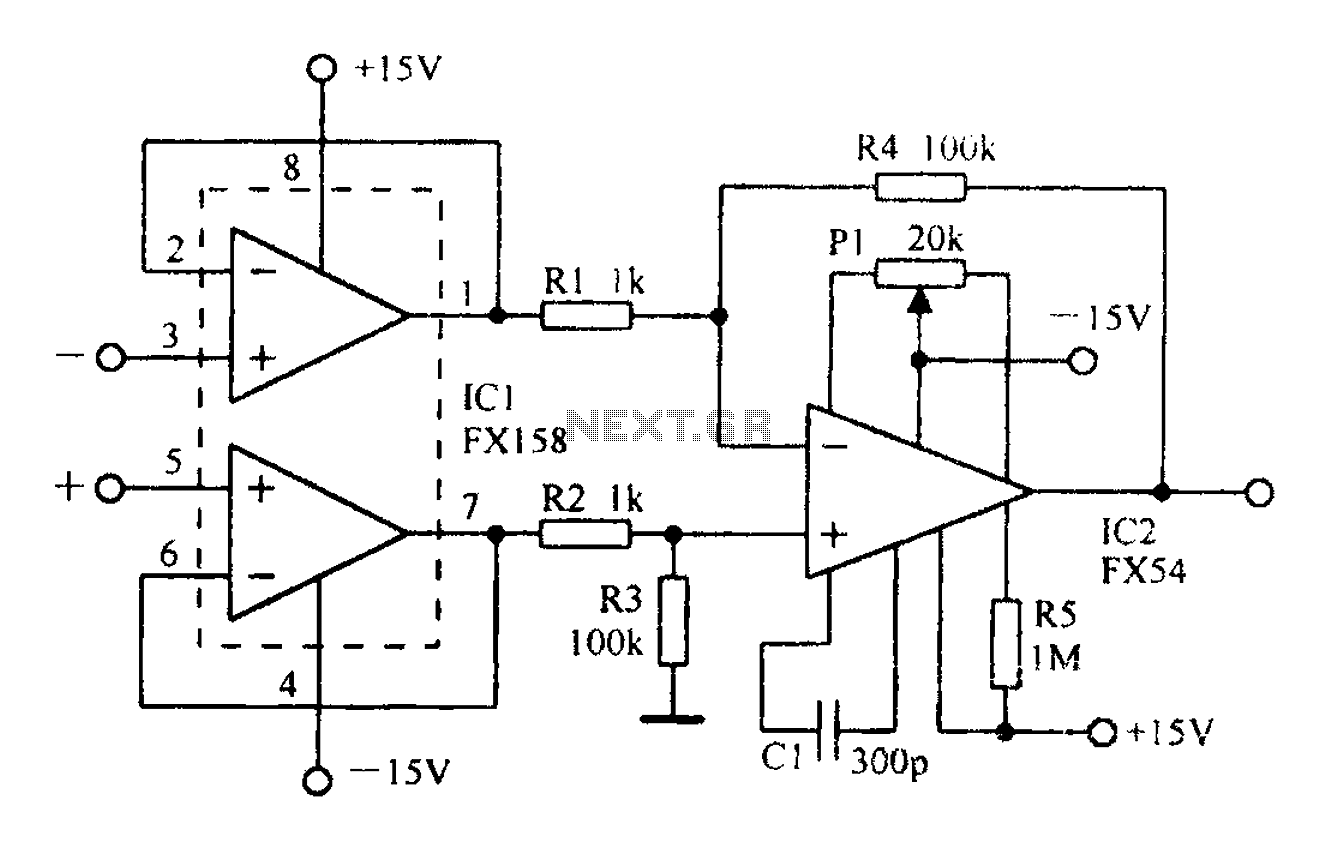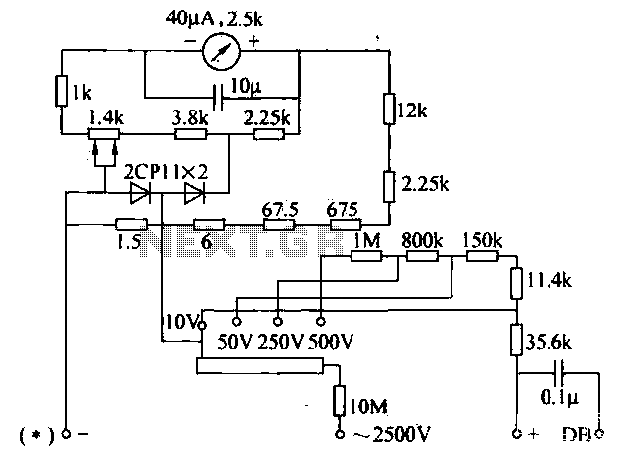
transistors Role of capacitor in this circuit

Oscillation is expected at the resonant frequency where the positive feedback is in phase with the input, specifically at 0 degrees. For oscillation to take place, the gain must be equal to or greater than 1 at that frequency. There is a concern regarding the polarization of the 10µF capacitor, as its cathode may reach a maximum of 700mV, which necessitates correct polarization. Additionally, the average current through the 22Ω resistor should be approximately 30mA. The circuit has not been physically constructed for verification, leading to uncertainty regarding these observations.
The circuit described involves an oscillator designed to operate at a specific resonant frequency, characterized by the condition that the feedback is in phase with the input signal. This phase alignment is crucial for sustaining oscillations, as it ensures that the output reinforces the input signal. The requirement for the gain to be at least 1 indicates that the system must have sufficient amplification to overcome losses and maintain oscillation.
The mention of the 10µF capacitor suggests its role in coupling or decoupling within the circuit. Proper polarization of electrolytic capacitors is vital, as incorrect polarization can lead to capacitor failure or malfunction. The statement regarding the cathode voltage of 700mV implies that the capacitor must be oriented correctly to handle the expected voltage levels without breakdown.
Furthermore, the current through the 22Ω resistor being approximately 30mA indicates the expected load conditions under normal operation. This current level is significant for determining the power requirements and ensuring that the components used can handle the expected thermal and electrical stresses. The absence of a physical prototype for verification raises questions about the accuracy of these theoretical values, highlighting the importance of simulation or empirical testing in circuit design.
In summary, the oscillator circuit's design hinges on the precise balance of gain, phase alignment, and component specifications, particularly the capacitor's polarization and the current through the resistor. These factors collectively influence the circuit's performance and reliability in generating stable oscillations at the desired frequency.We expect oscillation at the resonant frequency at which the positive feedback is at 0 degrees (in phase) with the input. For oscillation to occur, the gain has to be at least 1 at that frequency. Kaz Oct 30 `12 at 20:39 I still think the 10u cap has wrong polarization. The cathode of the cap can be 700mV at best, that means to polarize the cap correctly, the current in th 22R resistor at average should be 30mA. Didn`t (virtually) build the circuit though to verify, but my feeling says it is wrong. jippie Oct 30 `12 at 21:23 🔗 External reference
The circuit described involves an oscillator designed to operate at a specific resonant frequency, characterized by the condition that the feedback is in phase with the input signal. This phase alignment is crucial for sustaining oscillations, as it ensures that the output reinforces the input signal. The requirement for the gain to be at least 1 indicates that the system must have sufficient amplification to overcome losses and maintain oscillation.
The mention of the 10µF capacitor suggests its role in coupling or decoupling within the circuit. Proper polarization of electrolytic capacitors is vital, as incorrect polarization can lead to capacitor failure or malfunction. The statement regarding the cathode voltage of 700mV implies that the capacitor must be oriented correctly to handle the expected voltage levels without breakdown.
Furthermore, the current through the 22Ω resistor being approximately 30mA indicates the expected load conditions under normal operation. This current level is significant for determining the power requirements and ensuring that the components used can handle the expected thermal and electrical stresses. The absence of a physical prototype for verification raises questions about the accuracy of these theoretical values, highlighting the importance of simulation or empirical testing in circuit design.
In summary, the oscillator circuit's design hinges on the precise balance of gain, phase alignment, and component specifications, particularly the capacitor's polarization and the current through the resistor. These factors collectively influence the circuit's performance and reliability in generating stable oscillations at the desired frequency.We expect oscillation at the resonant frequency at which the positive feedback is at 0 degrees (in phase) with the input. For oscillation to occur, the gain has to be at least 1 at that frequency. Kaz Oct 30 `12 at 20:39 I still think the 10u cap has wrong polarization. The cathode of the cap can be 700mV at best, that means to polarize the cap correctly, the current in th 22R resistor at average should be 30mA. Didn`t (virtually) build the circuit though to verify, but my feeling says it is wrong. jippie Oct 30 `12 at 21:23 🔗 External reference

